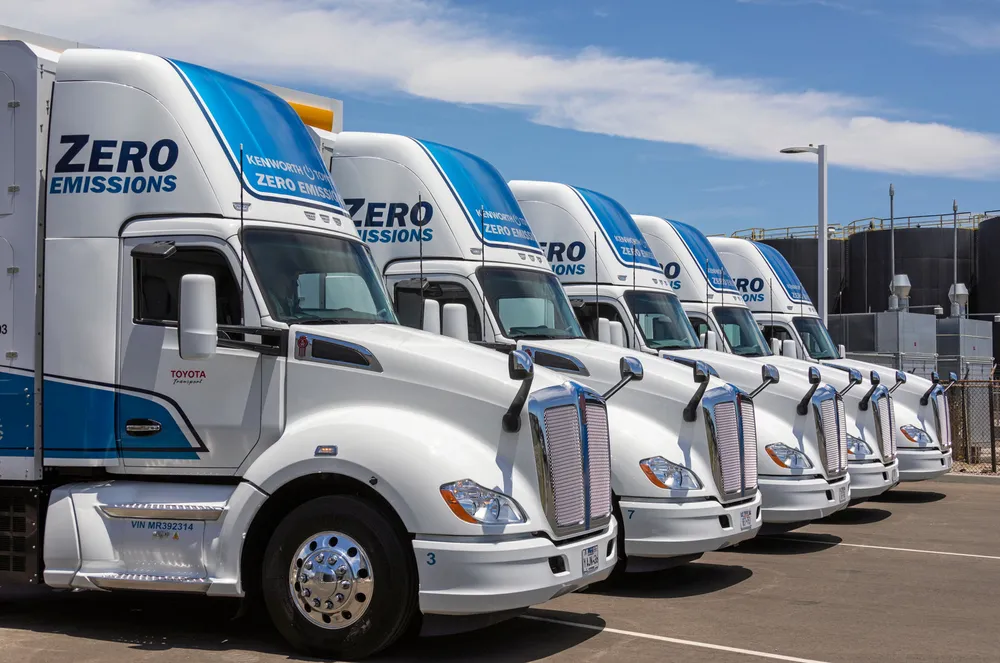Hydrogen will be the 'only viable economic choice for zero-emission long-haul trucking': US freight body
But battery electric vehicles will be a better option for shorter journeys, says new report from North American Council for Freight Efficiency

But battery electric vehicles will be a better option for shorter journeys, says new report from North American Council for Freight Efficiency
